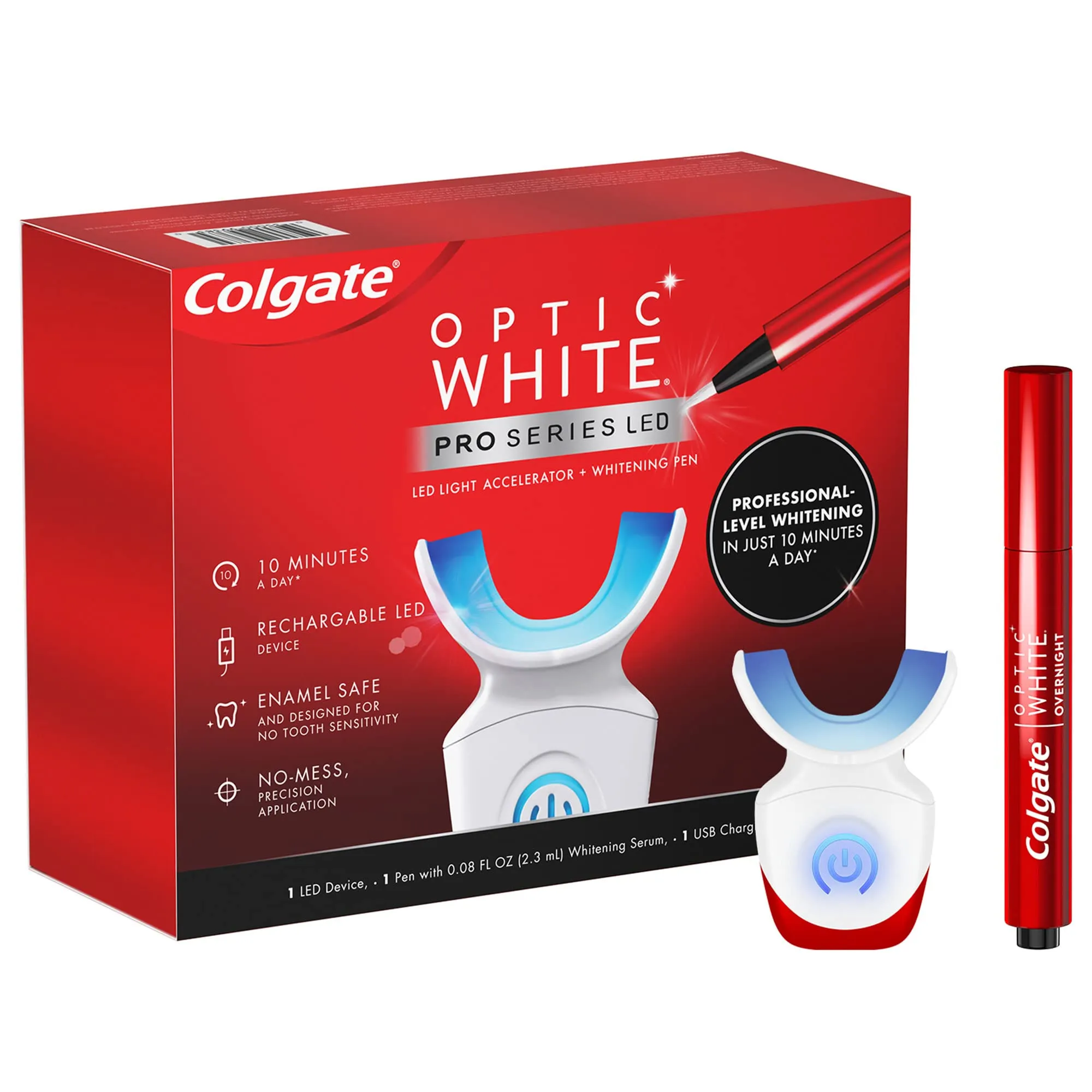What is a Home Teeth Whitening Kit
A home teeth whitening kit is a convenient and cost-effective way to brighten your smile from the comfort of your own home. These kits typically contain whitening agents, such as hydrogen peroxide or carbamide peroxide, that help to remove stains and discoloration from your teeth. They offer a less expensive alternative to professional whitening treatments performed by a dentist, making them an attractive option for many individuals seeking a more radiant smile. Home teeth whitening kits come in various forms, catering to different preferences and needs. Understanding the components and the process involved is crucial for achieving the best results while ensuring your oral health remains a priority. Before beginning any home teeth whitening regime, consult with your dentist to ensure it is the right choice for your teeth.
Types of Home Teeth Whitening Kits
Home teeth whitening kits come in a variety of forms, each offering a unique approach to achieving a brighter smile. The most common types include whitening strips, gels, toothpastes, and trays, each with its own advantages and disadvantages. Understanding the different options available allows you to choose a kit that best suits your lifestyle, preferences, and dental needs. Considering factors such as ease of use, effectiveness, and potential for sensitivity is essential when selecting a kit. Remember that while these kits can be effective, it’s important to manage your expectations and consult with a dental professional to make an informed decision about which option is most suitable for your oral health and whitening goals.
Whitening Strips
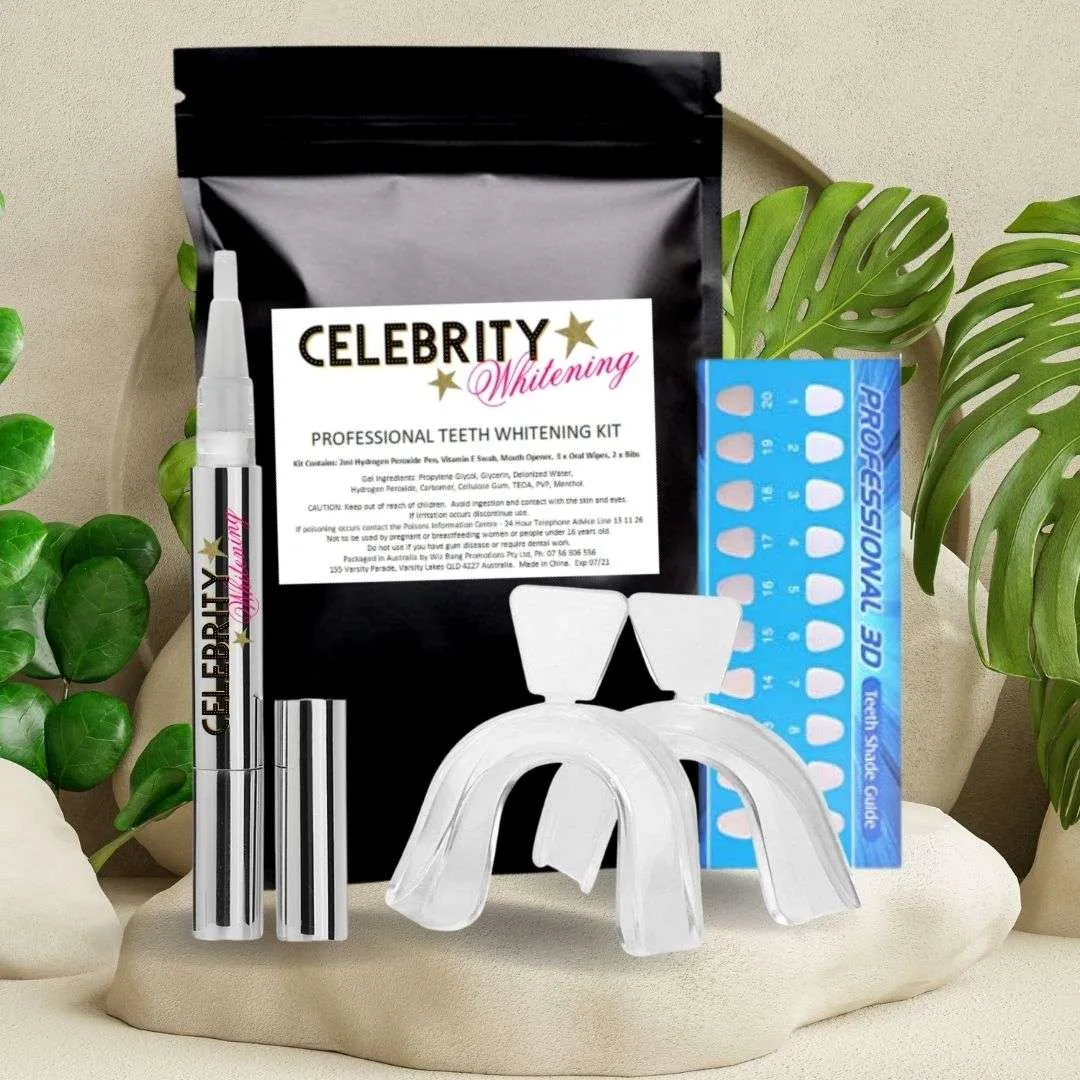
Whitening strips are thin, flexible strips coated with a whitening agent, typically hydrogen peroxide. They are designed to be applied directly to the teeth and are one of the most popular home whitening options due to their ease of use and relatively low cost. Strips are generally applied once or twice a day for a specific period, as directed by the product instructions. The whitening agent penetrates the enamel to lift stains and brighten the teeth. Effectiveness can vary based on the concentration of the active ingredient and the duration of use. One of the key benefits of whitening strips is their convenience, as they can be used anywhere and require minimal preparation. However, they may not reach all surfaces of the teeth, and some users may experience minor sensitivity.
Whitening Gels
Whitening gels are applied to the teeth using a tray or brush. These gels contain a higher concentration of whitening agents than whitening toothpastes, leading to potentially faster and more noticeable results. The application method varies depending on the product, but typically involves applying the gel directly to the teeth and leaving it in place for a specified time. The gels are designed to adhere to the teeth’s surface, allowing the active ingredients to penetrate the enamel and lift stains. Whitening gels are often used in conjunction with custom-fitted trays for optimal coverage and results. When using whitening gels, carefully follow the instructions and be aware of potential sensitivity, as the concentrated formula can sometimes cause discomfort. It’s recommended to consult with a dentist before using gels to assess your suitability and minimize risks.
Whitening Toothpastes
Whitening toothpastes are a convenient and accessible option for enhancing the brightness of your teeth. Unlike other whitening products, whitening toothpastes primarily work by removing surface stains through abrasive action and the inclusion of mild polishing agents. They often contain ingredients such as silica or hydrated silica to gently scrub away stains, leaving the teeth looking cleaner and brighter. The use of whitening toothpaste can contribute to a fresher, cleaner feeling and can help maintain the results of other whitening treatments. They are designed for daily use and are easy to incorporate into your regular oral hygiene routine. However, it is important to note that whitening toothpastes typically have a more modest whitening effect compared to products with stronger bleaching agents. For more significant results, users often combine them with other whitening methods.
Whitening Trays
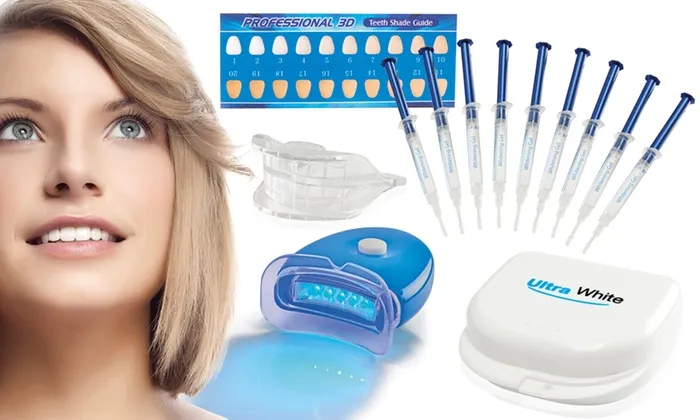
Whitening trays, also known as bleaching trays, are custom-fitted or pre-formed trays used in conjunction with whitening gels to brighten the teeth. Custom trays are created by a dentist to fit the exact contours of your teeth, ensuring the whitening gel makes optimal contact with the enamel. The trays hold the whitening agent in place, preventing it from being washed away by saliva and allowing it to penetrate the teeth more effectively. The gel is applied to the trays, which are then worn for a specific amount of time each day or night. Pre-formed trays are a more affordable option and can be purchased over-the-counter. These trays are designed to fit a wide range of teeth, though they may not provide as precise coverage as custom trays. The effectiveness of whitening trays depends on the strength of the whitening agent and the frequency of use.
Factors to Consider When Choosing a Kit
Choosing the right home teeth whitening kit requires careful consideration of several factors to ensure both effectiveness and safety. Understanding these elements can help you make an informed decision that aligns with your specific needs and oral health profile. Considerations should include your existing dental health, the presence of any fillings, crowns, or veneers, as well as any history of tooth sensitivity. Also, you should take into account the desired level of whitening and your budget. By carefully evaluating these considerations, you can select a home teeth whitening kit that best suits your individual needs and helps you achieve a brighter, healthier smile.
Teeth Sensitivity
Teeth sensitivity is a common side effect of teeth whitening, and it’s crucial to consider this when choosing a home whitening kit. The whitening agents can cause temporary sensitivity as they penetrate the enamel. Individuals with pre-existing sensitivity or thin enamel are more likely to experience discomfort. Look for kits with lower concentrations of peroxide or those that include desensitizing agents, such as potassium nitrate, to minimize this risk. If you experience sensitivity, it is advisable to reduce the frequency or duration of treatments and use a toothpaste designed for sensitive teeth. Consult with your dentist if the sensitivity is severe or persistent. They can provide guidance and recommend alternative products or methods to reduce discomfort while still achieving your desired whitening results.
Cost and Budget
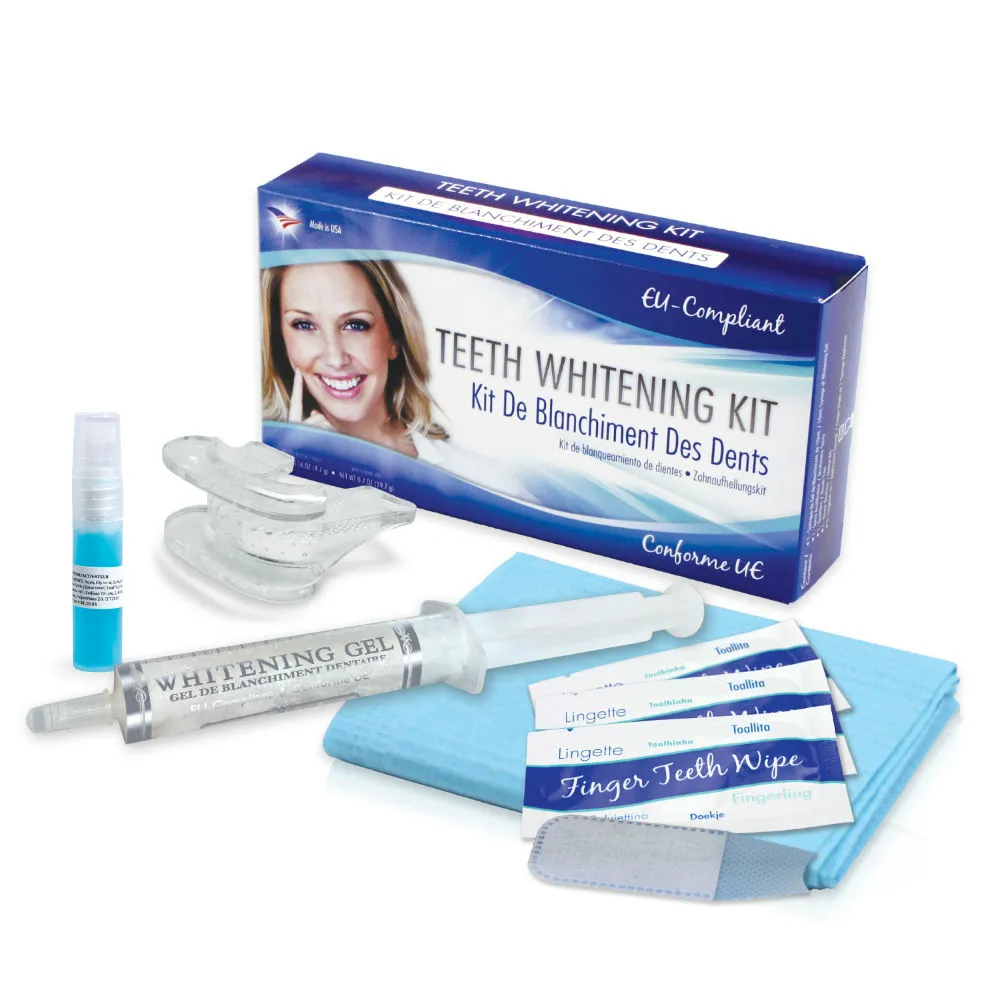
The cost of home teeth whitening kits varies widely, ranging from affordable over-the-counter options to more expensive professional-grade kits. Establish a budget before you start your search, as this will help you narrow down your choices. Consider the long-term cost as well, as some kits may require more frequent use or additional purchases of whitening agents. Cheaper options may not be as effective or could potentially pose higher risks. Research the various brands, compare prices, and look for kits that offer good value for your money. Remember to factor in any additional costs, such as desensitizing toothpaste, and always prioritize products that are safe and approved for home use. The investment in a home teeth whitening kit should not only enhance your smile but also align with your financial plan.
Ingredients and Formulas
The ingredients and formulations used in home teeth whitening kits play a significant role in their effectiveness and safety. The active ingredient in most whitening products is hydrogen peroxide or carbamide peroxide, which breaks down into hydrogen peroxide. The concentration of these agents directly impacts the whitening results, with higher concentrations often leading to quicker but potentially more sensitive results. It’s also crucial to review the other ingredients in the kit, as some may cause allergic reactions or other adverse effects. Look for products that are approved by reputable dental organizations, such as the American Dental Association (ADA). Avoid kits with harsh chemicals or those that make unrealistic claims. Always follow the manufacturer’s instructions carefully and be aware of any potential side effects.
Ease of Use
The ease of use is a significant factor to consider when choosing a home teeth whitening kit, as it directly impacts your ability to follow the treatment plan consistently. Kits with simple application methods and clear instructions are more likely to be used as directed, leading to better results. Whitening strips are generally very easy to apply, while gels and trays may require a bit more preparation. Consider your lifestyle and how much time you can realistically dedicate to the whitening process. Choose a kit that fits seamlessly into your daily routine. User-friendly kits minimize the risk of errors and can contribute to a more positive overall experience. Look for products that offer straightforward guidance and are convenient to use, ensuring that you stay on track to achieve your desired results.
Effectiveness and Results
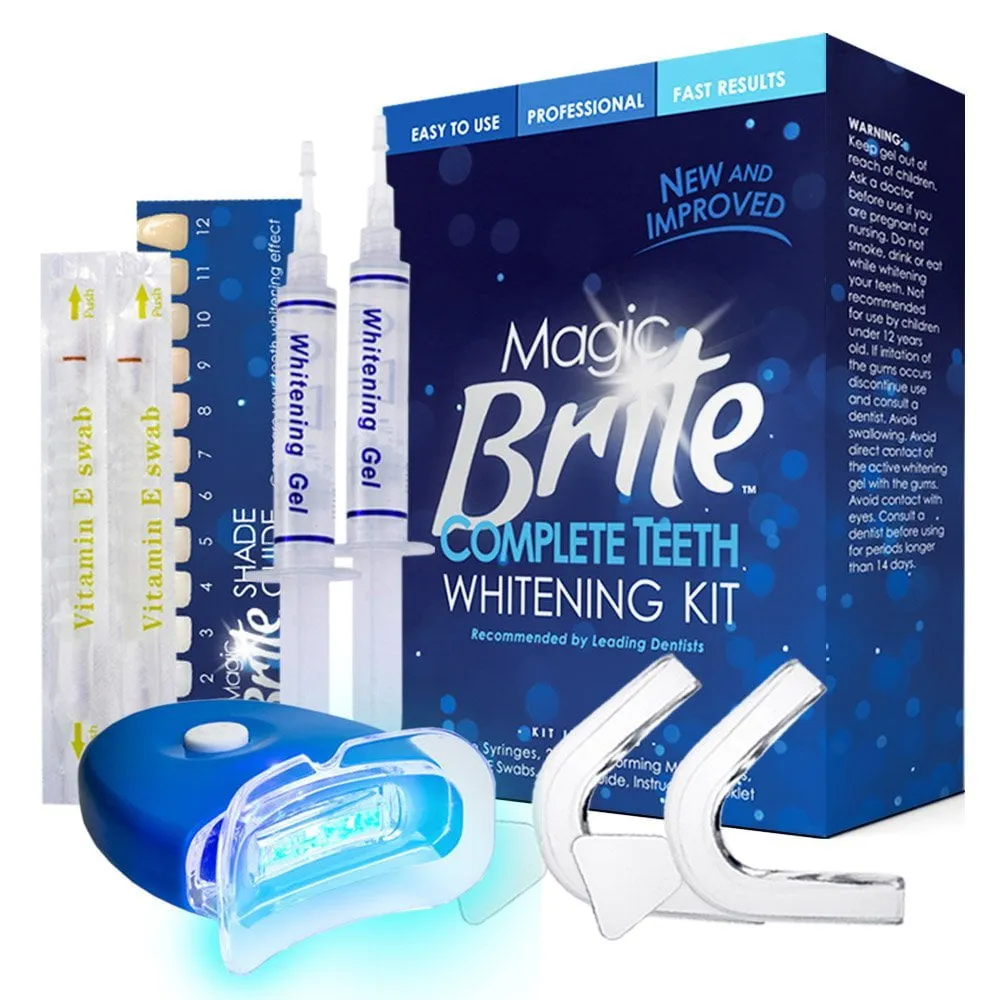
The effectiveness and expected results should be a key consideration when choosing a home teeth whitening kit. Understand that results vary based on the type of kit, the concentration of the whitening agent, and individual factors such as the degree of staining. Look for kits that have been clinically tested and proven to deliver noticeable results. Research before-and-after photos and read reviews from other users to get an idea of the potential outcomes. Set realistic expectations; home whitening kits are generally less potent than professional treatments and may require more time to achieve desired results. Consistency is key. Follow the instructions carefully and be patient. Remember that the goal is a brighter, more confident smile, and choosing a kit that aligns with your expectations can significantly impact your satisfaction with the outcome.
The Importance of Consulting a Dentist
Before starting any home teeth whitening treatment, it is crucial to consult with your dentist. A dental professional can assess your oral health, identify any underlying issues like cavities or gum disease, and determine whether home whitening is a safe and appropriate option for you. Your dentist can advise on the most suitable kit for your specific needs and provide personalized recommendations based on your oral health profile. They can also help you manage any potential side effects, such as sensitivity, and monitor your progress throughout the whitening process. A professional consultation ensures that your whitening journey is both effective and safe, allowing you to achieve a brighter smile without compromising your oral health.
Proper Usage and Application Techniques
Proper usage and application techniques are essential for achieving the best results and minimizing potential risks when using a home teeth whitening kit. Always read and carefully follow the manufacturer’s instructions. Thoroughly brush and floss your teeth before each application to remove food particles and plaque. Use the recommended amount of whitening agent. Avoid overusing the product, as this can lead to increased sensitivity and other complications. Be mindful of the recommended treatment duration and avoid exceeding it. If you are using trays, ensure that they fit properly to prevent the whitening agent from coming into contact with your gums. Practicing proper application techniques maximizes the effectiveness of the kit and helps protect the health of your teeth and gums.
Preparing Your Teeth
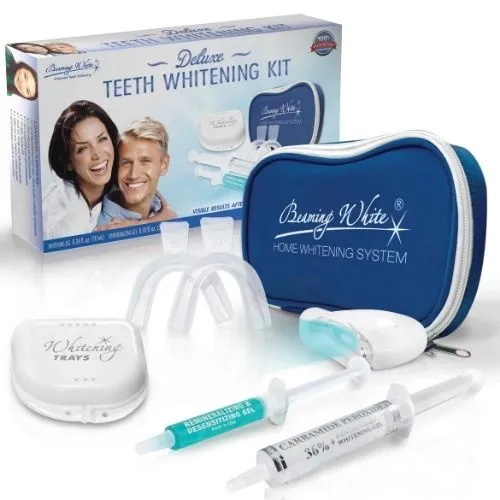
Preparing your teeth before applying a home teeth whitening kit is a critical step in ensuring the effectiveness of the treatment. Before each application, you should brush your teeth thoroughly to remove surface debris and plaque. Flossing is also essential to remove any food particles trapped between your teeth. Once you have brushed and flossed, rinse your mouth with water to remove any remaining residue. This process will create a clean surface for the whitening agent to make direct contact with your teeth, maximizing its effectiveness. This also helps to prevent the whitening agent from interacting with food particles or plaque, which could diminish its efficacy. Taking these preparatory steps can improve the results and contributes to a more effective whitening experience.
Applying the Whitening Agent
The method for applying the whitening agent varies depending on the type of kit you choose. For whitening strips, simply peel the strip and apply it to your teeth, following the manufacturer’s instructions for placement and wear time. With whitening gels, you apply the gel to either your teeth directly, using a brush, or into your custom-fitted or pre-formed trays. Carefully insert the trays into your mouth, ensuring the gel covers the surfaces of your teeth. Follow the instructions to determine the recommended application time. Avoid overfilling the trays or applying excess gel to prevent irritation. Proper application ensures the whitening agent is evenly distributed and can effectively penetrate the enamel, leading to brighter results.
Maintaining Your White Smile
Maintaining your newly whitened smile requires a few key steps to ensure lasting results. It is important to avoid or minimize your consumption of staining foods and beverages, such as coffee, tea, red wine, and dark berries. Practice good oral hygiene by brushing and flossing regularly to remove plaque and prevent stains from reforming. Consider using a whitening toothpaste or mouthwash to help maintain brightness. Regular dental checkups and professional cleanings are also essential for keeping your teeth healthy and bright. These practices, combined with proper care, can help extend the life of your whitened smile and prevent the need for frequent re-treatments. Consistency and diligence will contribute to long-lasting results and a confident, radiant smile.
Avoiding Staining Foods and Drinks
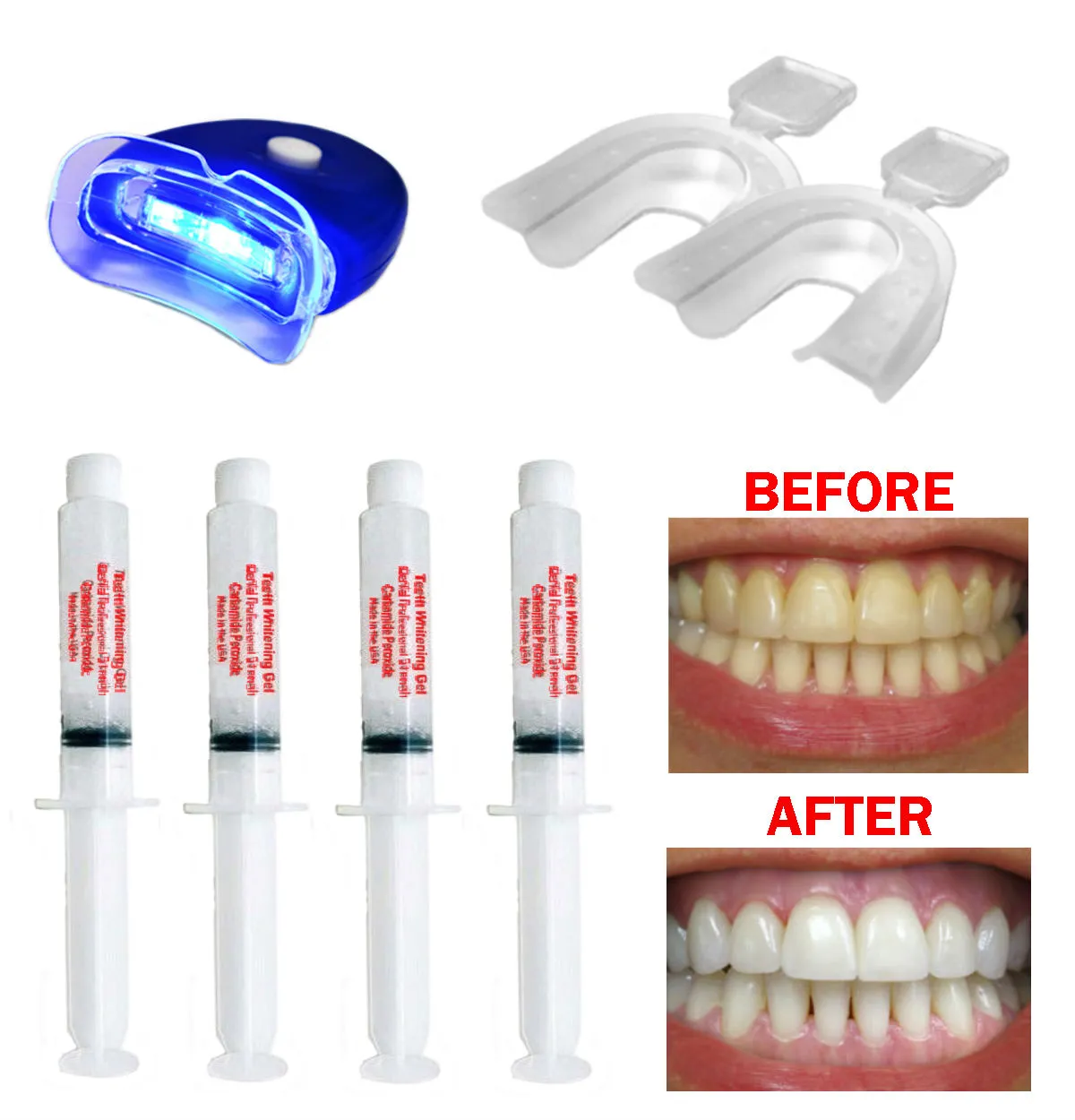
Avoiding staining foods and drinks is a crucial part of maintaining the results of your home teeth whitening treatment. Certain foods and beverages contain pigments that can easily stain the enamel of your teeth, reversing the whitening effects. Coffee, tea, red wine, and dark-colored juices are common culprits. Foods such as berries, soy sauce, and curries also have the potential to stain. To protect your newly whitened smile, minimize your consumption of these items and rinse your mouth with water after consuming them. You can also use a straw when drinking beverages that are prone to staining. By being mindful of your diet, you can help prevent stains from forming and enjoy a brighter smile for a longer period. Proper dietary choices will help preserve your results and keep your teeth looking their best.
Regular Dental Checkups
Regular dental checkups and professional cleanings are essential for maintaining a bright and healthy smile after using a home teeth whitening kit. During your checkup, the dentist can assess the overall health of your teeth and gums, detect any potential issues, and provide guidance on maintaining oral hygiene. Professional cleanings remove plaque and tartar that can contribute to staining and discoloration, as well as protect your teeth from decay and disease. Your dentist can also advise on the best practices for maintaining the results of your whitening treatment and recommend touch-up treatments if needed. Regular checkups and cleanings will ensure that you maintain not only a bright smile but also a healthy mouth for many years to come. They are a vital part of your overall dental care routine.
Home Teeth Whitening Kit Risks and Benefits
Understanding the risks and benefits associated with home teeth whitening kits is crucial to make an informed decision about whether this approach is right for you. While these kits offer a convenient and often affordable way to brighten your smile, they also come with potential drawbacks. Weighing the pros and cons carefully can help you achieve your desired results safely and effectively. Consulting with your dentist is highly recommended, as they can provide personalized advice and help you navigate the complexities of teeth whitening while prioritizing your oral health.
Risks of Overuse
Overuse of home teeth whitening kits can lead to several potential risks and adverse effects. The most common side effect is tooth sensitivity, which can range from mild discomfort to significant pain. Overuse can also cause gum irritation, as the whitening agents can come into contact with the soft tissues in your mouth. In rare cases, excessive whitening can damage the enamel of your teeth, making them more susceptible to decay and other problems. To mitigate these risks, carefully follow the instructions provided with your kit, avoiding overuse and exceeding the recommended treatment duration. If you experience any adverse effects, stop using the kit and consult your dentist for guidance. Moderation and adherence to the manufacturer’s guidelines are crucial to protecting your oral health and achieving a brighter smile.
Benefits of Home Whitening
The benefits of home teeth whitening kits are numerous, making them a popular choice for those seeking a brighter smile. These kits are generally more affordable than professional whitening treatments, offering a cost-effective solution for enhancing your teeth. They provide the convenience of whitening your teeth in the comfort of your home, saving you time and the need for multiple dental appointments. Many kits are readily available over-the-counter, making them easy to purchase and use. Home teeth whitening kits can be a great option for enhancing your smile and boosting your confidence. However, it is crucial to remember that the best results often come from consulting with your dentist to ensure it is a safe and effective approach for your specific needs.
